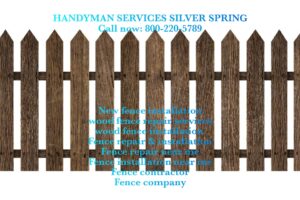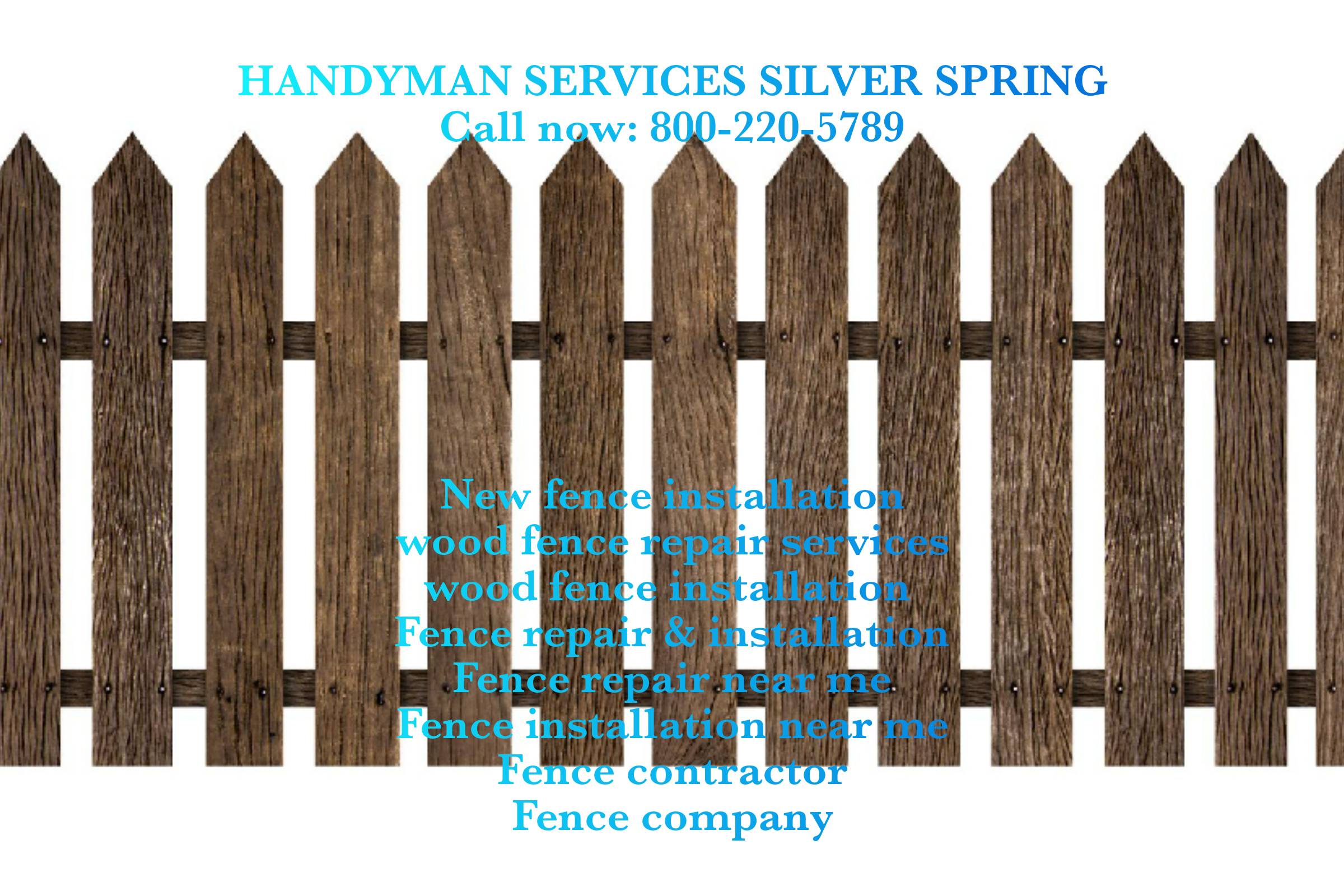Choosing the Right Fence for Your Property: Installation Insights .
Selecting the right fence for your property involves several considerations, including functionality, aesthetics, durability, and maintenance. Once you’ve determined the type of fence that suits your needs, proper installation becomes paramount to ensure its effectiveness and longevity. Here are installation insights to guide you through the process of choosing and installing the right fence for your property:
Selecting the Right Fence Material:
Wood: If you choose a wooden fence, select high-quality, rot-resistant lumber. Properly treated wood can also withstand weather elements.
Vinyl: Vinyl fences are low-maintenance and durable. Ensure the vinyl material is of high quality and UV-resistant to prevent fading over time.
Chain Link: Commonly used for security or pet containment, chain-link fences should be made of galvanized steel for durability. Consider privacy slats if you want to enhance privacy.
Composite: Composite materials offer the look of wood with lower maintenance requirements. Ensure the composite is of high quality and resistant to rot, insects, and warping.
Obtain Necessary Permits and Check Local Regulations:
Before installing a fence, check local regulations, homeowner association rules, and obtain necessary permits. Compliance with local codes ensures your fence is installed legally and avoids potential fines or forced removal.
Plan and Mark the Fence Layout:
Use stakes and string to mark the fence layout, outlining its exact location. This step helps in visualizing the fence’s position and ensures accuracy during installation.
Prepare the Site:
Remove any obstructions, rocks, or debris that could hinder the installation process.
Ensure property lines are accurately identified to avoid encroaching on neighboring properties.
Install Posts Correctly:
Properly installed posts are crucial for a sturdy fence. Use durable materials for posts that can withstand weather and soil conditions.
Dig post holes to the appropriate depth and width, ensuring they are below the frost line to prevent heaving. Fill holes with concrete or gravel for stability.
Ensure Proper Alignment and Leveling:

Fence repair & installation
Fence repair near me
Fence installation near me
Fence contractor
Fence company
wood fence repair services
new fence installation
wood fence installation
Use a level and measuring tools to ensure the fence remains straight and even.
Securely Attach Rails and Panels:
If using panels or rails, attach them securely to the posts using appropriate hardware. Follow manufacturer guidelines for installation and spacing to ensure proper attachment and stability.
Gate Installation:
Gates are critical components of a fence. Ensure proper hinge installation and appropriate support for gate posts to prevent sagging. Consider using self-closing hinges and latches for safety and convenience.
Weatherproofing and Maintenance:
Apply sealants, stains, or coatings to wooden fences to protect them from weather elements and increase longevity. Follow manufacturer recommendations for maintenance.
Post-Installation Inspection:
After installation, inspect the fence thoroughly for any loose components, uneven sections, or issues that might need immediate attention. Rectify any problems promptly to ensure the fence functions as intended.
Professional Installation Consideration:
Complex installations or specific material requirements might benefit from professional installation. Professionals have the expertise, tools, and experience to ensure a well-executed and durable fence installation.
In conclusion, proper installation is crucial for the functionality and longevity of your chosen fence. Understanding the materials, complying with local regulations, precise planning, and meticulous execution contribute to a successful fence installation that enhances your property’s aesthetics, security, and value.

